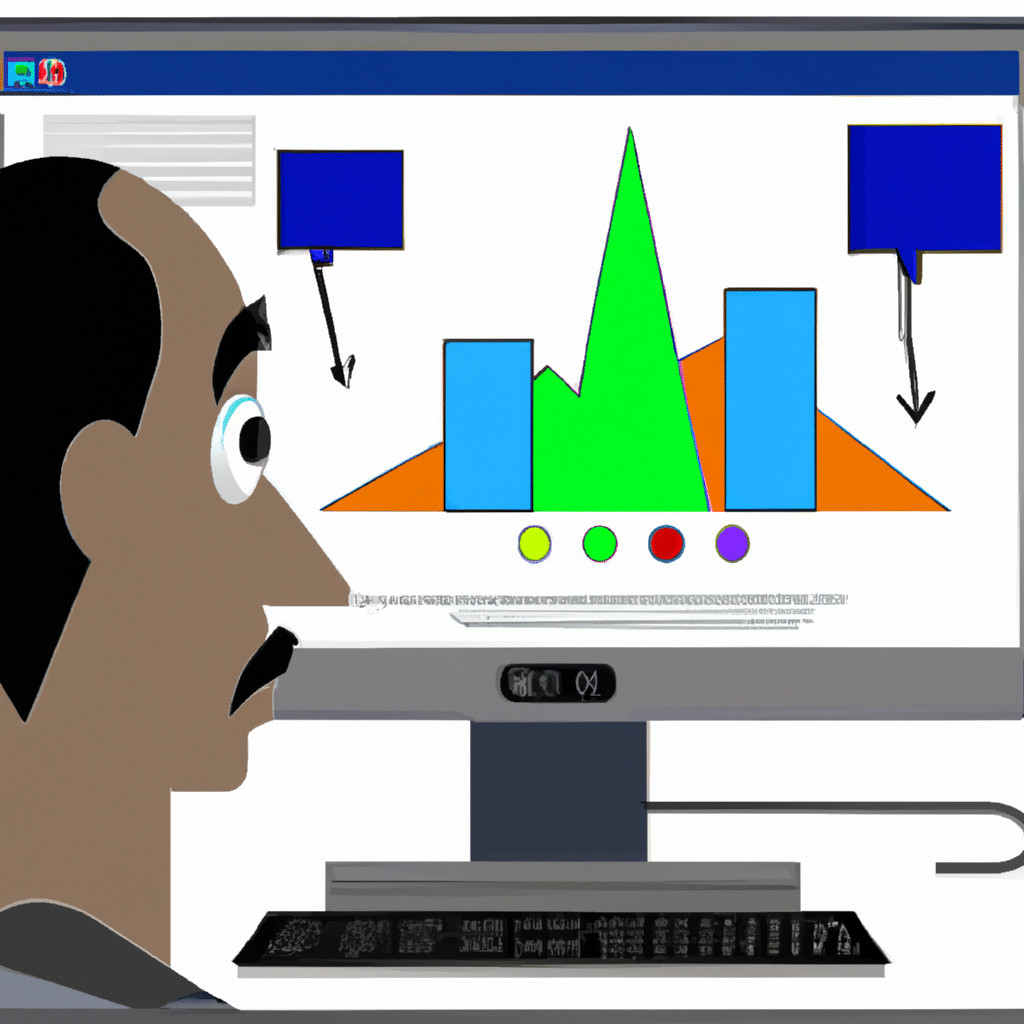Can AI Help Us Better Understand Our Emotions?
As human beings, we experience a wide range of emotions every day, from joy and excitement to anger and sadness. For centuries, scientists and researchers have been trying to understand the complexities of human emotions. However, despite the advancements in technology and research, emotions continue to be a mystery.

Now, with the emergence of artificial intelligence (AI), there is hope that we can better understand our emotions. In this article, we will explore the possibilities of AI in helping us gain a deeper understanding of our emotions.
The Role of AI in Emotion Recognition
One of the most promising applications of AI in emotion recognition is through facial recognition technology. AI algorithms can analyze facial expressions and identify emotions based on the movement of facial muscles. This technology has already been applied in various fields, such as marketing and psychology.
For instance, marketers can use facial recognition technology to analyze consumer reactions to their products and services. They can track the emotions of consumers when they see a particular advertisement or product. This information can help marketers tailor their campaigns to better resonate with their target audience.
Similarly, psychologists can use facial recognition technology to diagnose and treat mental health conditions. For example, AI algorithms can analyze facial expressions to identify signs of depression, anxiety, or other mental health disorders. This information can help psychologists design personalized treatment plans for their patients.
The Limitations of AI in Emotion Recognition
Although AI has made significant advancements in emotion recognition, it still has limitations. For example, AI algorithms can struggle to recognize emotions accurately in individuals from different cultures and backgrounds. This is because facial expressions and emotional cues can vary greatly across different cultures.
Moreover, AI algorithms are not always reliable in identifying more complex emotions such as shame, guilt, or jealousy. These emotions are typically associated with subtle facial expressions and body language, which can be challenging for AI algorithms to detect accurately.
The Future of AI in Emotion Recognition
Despite the limitations, the future of AI in emotion recognition is promising. Scientists and researchers are continually developing new algorithms and technologies to overcome the current limitations of AI.
One area of growth is in the use of biometric sensors, such as heart rate monitors and electroencephalograms (EEGs). These sensors can measure changes in heart rate, brain activity, and other physiological responses to identify emotions accurately.
Another area of growth is in the development of AI algorithms that can analyze voice patterns and tonal changes to identify emotions accurately. This technology has already been applied in various fields such as customer service and call center industries.
Conclusion
In conclusion, AI has the potential to revolutionize our understanding of emotions. With the advancements in technology, we can expect to see more accurate emotion recognition algorithms and more significant applications in various fields.
However, it is essential to recognize the limitations of AI in emotion recognition and the need for continued research and development. As AI technology continues to evolve, we can hope to gain a better understanding of our emotions and improve our overall well-being.












